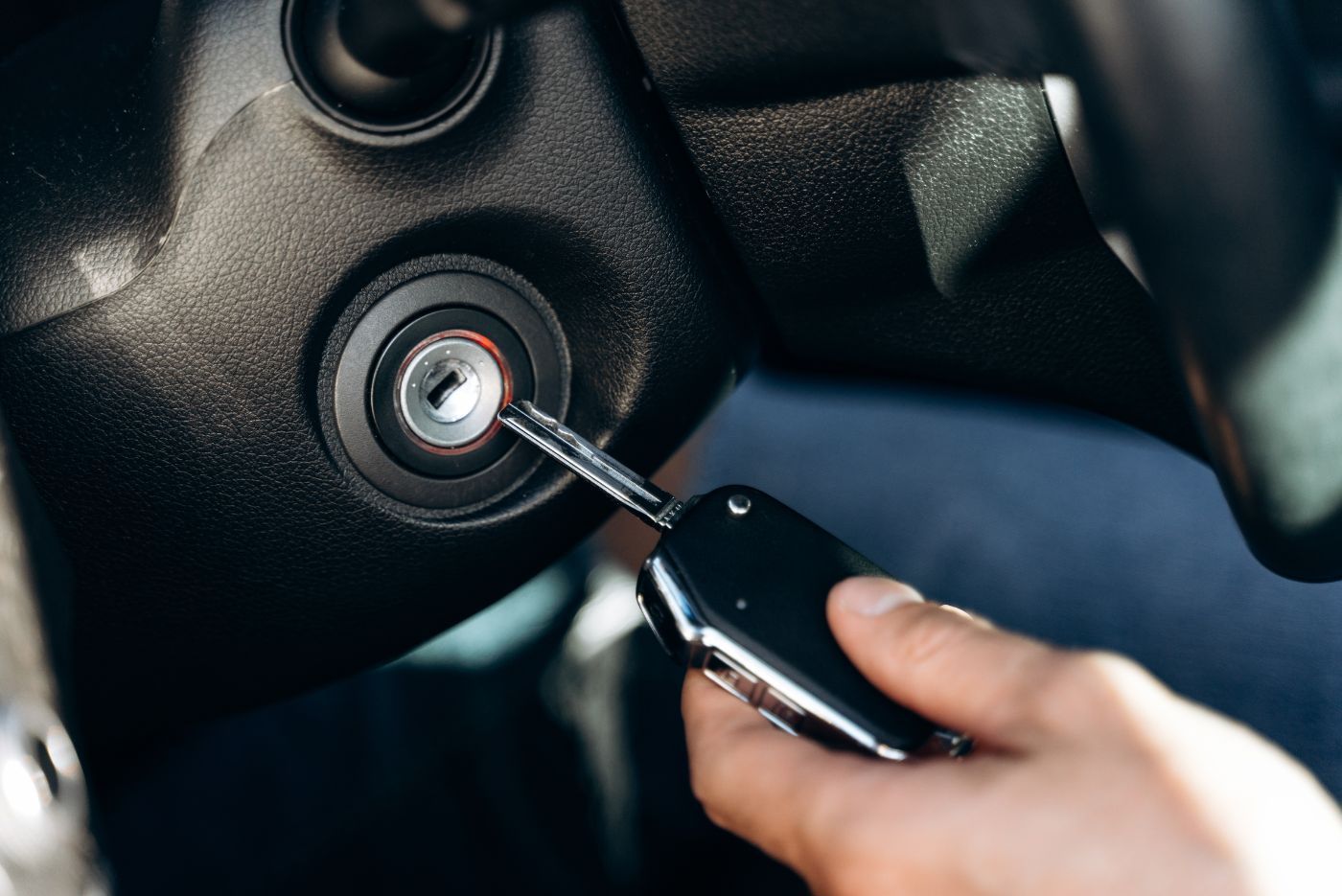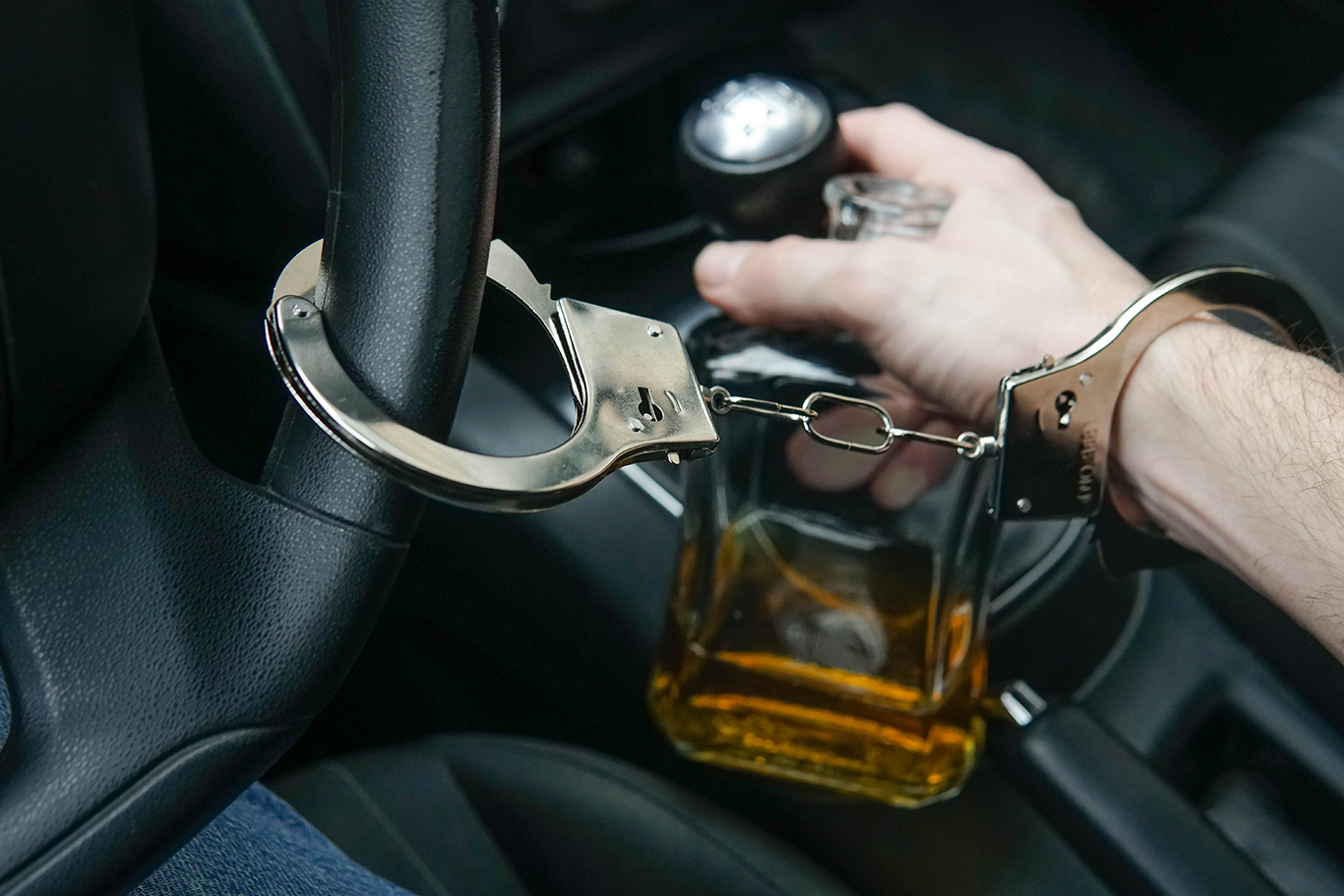Understanding Ignition Interlock Devices in Florida
16 April 2025
See How We're Different
or call us: (727) 620-0620

Ignition interlock devices (IIDs) play a crucial role in Florida's efforts to combat drunk driving. These devices are designed to prevent individuals from operating a vehicle while under the influence of alcohol. This article delves into the intricacies of ignition interlock devices, their purpose, legal implications, and how they function within the state of Florida.
What is an Ignition Interlock Device?
An ignition interlock device is a breathalyzer connected to a vehicle's ignition system. Before starting the vehicle, the driver must blow into the device, which measures their blood alcohol concentration (BAC). If the BAC exceeds a predetermined limit, typically 0.02%, the vehicle will not start. This technology serves as a safeguard against impaired driving, aiming to reduce the incidence of alcohol-related accidents and fatalities on the road.
Ignition interlock devices not only serve as a deterrent for individuals who have been convicted of DUI offenses but also play a crucial role in promoting responsible driving behavior among all motorists. By requiring drivers to demonstrate sobriety before operating a vehicle, these devices foster a culture of accountability and safety, encouraging individuals to think twice before getting behind the wheel after consuming alcohol.
How Ignition Interlock Devices Work
When a driver submits a breath sample, the IID analyzes the air for alcohol content. If the reading is below the set limit, the ignition system unlocks, allowing the driver to start the vehicle. However, if the reading is above the limit, the device will prevent the engine from starting. This immediate feedback mechanism is crucial, as it not only prevents impaired driving but also serves as a reminder to the driver about the dangers of alcohol consumption.
Moreover, IIDs are equipped with additional features to ensure compliance. They may require periodic retests while the vehicle is in motion, prompting the driver to provide breath samples at random intervals. This feature is designed to deter users from consuming alcohol while driving. The device's ability to log data on the driver's BAC readings and any attempts to tamper with the device also provides law enforcement and monitoring agencies with valuable information about compliance and behavior patterns.
Installation and Maintenance
To install an ignition interlock device, individuals must visit an authorized service provider. The installation process typically takes a few hours and involves connecting the device to the vehicle's ignition system. After installation, regular maintenance and calibration are necessary to ensure accurate readings and proper functionality. This ongoing maintenance is vital, as it helps to prevent false readings that could lead to unnecessary complications for the driver.
Drivers are usually required to return to the service provider for maintenance every 30 to 60 days, depending on the device and state regulations. During these visits, technicians will check the device’s performance and download data to monitor compliance. Additionally, these appointments often serve as an opportunity for drivers to receive education about alcohol consumption and its effects on driving, reinforcing the importance of making safe choices behind the wheel. This educational component can be instrumental in changing behaviors and reducing recidivism rates among individuals who have previously faced DUI charges.
Legal Implications of Ignition Interlock Devices in Florida
In Florida, the use of ignition interlock devices is mandated for certain DUI offenders. Understanding the legal framework surrounding IIDs is essential for anyone facing DUI charges.
Who is Required to Use an IID?
Florida law requires individuals convicted of DUI to install an IID in their vehicle under specific circumstances. Generally, this requirement applies to those with a blood alcohol level of 0.15% or higher, repeat offenders, and individuals involved in accidents resulting in injury or death.
First-time DUI offenders may also be mandated to use an IID if they wish to regain their driving privileges sooner than the standard suspension period. The court will determine the necessity based on the case's specifics. Additionally, the implementation of IIDs serves not only as a punitive measure but also as a preventive strategy aimed at reducing the likelihood of future offenses. By requiring offenders to demonstrate sobriety before operating a vehicle, the law seeks to protect both the individual and the broader community from the dangers associated with impaired driving.
Duration of IID Requirement
The duration for which an IID must be installed varies based on the severity of the offense and the offender's history. For first-time offenders with a BAC below 0.15%, the IID requirement may last for six months. However, repeat offenders or those with higher BAC levels may face longer durations, often extending up to two years.
It is crucial for individuals to adhere to the IID requirements, as failure to do so can result in additional penalties, including extended license suspensions or fines. Furthermore, the installation and maintenance of an IID can impose a financial burden on offenders, as they are responsible for the costs associated with the device, including installation fees, monthly monitoring, and potential repairs. This financial aspect underscores the importance of understanding the full scope of legal obligations that come with a DUI conviction, as it can significantly impact an offender's daily life and financial stability.
Benefits of Ignition Interlock Devices
While ignition interlock devices may seem inconvenient, they offer several benefits that contribute to public safety and individual rehabilitation.
Reducing Drunk Driving Incidents
The primary purpose of IIDs is to reduce instances of drunk driving. By preventing individuals from starting their vehicles while intoxicated, these devices significantly lower the risk of accidents caused by impaired drivers. Studies have shown that states with mandatory IID laws experience a notable decrease in DUI recidivism rates.
Moreover, IIDs not only protect the driver but also safeguard other road users, including pedestrians and cyclists. The implementation of these devices has been instrumental in enhancing overall road safety. In fact, research indicates that states with comprehensive IID programs have seen reductions in alcohol-related fatalities by as much as 30%, highlighting their effectiveness in curbing dangerous driving behaviors.
Additionally, the presence of IIDs can lead to broader societal changes, as communities become more aware of the dangers of drunk driving. Public awareness campaigns often accompany IID legislation, which can further educate the public on the risks associated with alcohol consumption and driving, fostering a culture of safety and responsibility.
Encouraging Responsible Behavior
Ignition interlock devices promote responsible behavior among offenders. By requiring drivers to remain sober to operate their vehicles, IIDs encourage individuals to reassess their drinking habits and make better choices regarding alcohol consumption.
Furthermore, the presence of an IID can serve as a constant reminder for individuals to stay accountable for their actions, fostering a sense of responsibility that extends beyond driving. This accountability can lead to positive lifestyle changes, as many individuals report a decrease in alcohol consumption and an increased commitment to sobriety during their IID monitoring period.
Moreover, the use of IIDs can also facilitate a smoother reintegration into society for offenders. By demonstrating their commitment to sobriety and responsible driving, individuals may find it easier to regain trust from family, friends, and employers. This process not only aids in personal rehabilitation but also contributes to a reduction in the stigma often associated with DUI offenses, allowing individuals to rebuild their lives with a renewed sense of purpose and direction.
Challenges and Misconceptions
Despite their benefits, ignition interlock devices are often surrounded by misconceptions and challenges that can hinder their effectiveness.
Common Misconceptions
One prevalent misconception is that IIDs are only for repeat offenders or those with severe DUI charges. In reality, many first-time offenders may also be required to use these devices, particularly if their BAC is above the legal limit. This misunderstanding can lead to noncompliance and further legal issues. Furthermore, the perception that IIDs are punitive rather than rehabilitative can discourage individuals from viewing them as a necessary step towards regaining their driving privileges responsibly.
Another misconception is that IIDs are unreliable or easy to bypass. While some individuals may attempt to circumvent the system, modern IIDs are designed with advanced technology to prevent tampering and ensure accurate readings. Regular maintenance and calibration also contribute to their reliability. In fact, many devices now include features such as facial recognition and GPS tracking to ensure that the person using the device is the one who is authorized to do so, thereby enhancing the integrity of the monitoring process.
Challenges Faced by Offenders
For many individuals, the financial burden of installing and maintaining an IID can be significant. Costs associated with installation, monthly service fees, and maintenance can add up quickly, posing a challenge for those already facing the repercussions of a DUI conviction. This financial strain can be exacerbated by the potential loss of employment, as many jobs require a valid driver’s license. As a result, individuals may find themselves trapped in a cycle of financial hardship and legal complications.
Additionally, some individuals may struggle with the stigma associated with having an IID installed in their vehicle. This stigma can lead to feelings of shame or embarrassment, further complicating their path to rehabilitation and responsible driving. The social implications can be profound; friends and family may view the individual differently, which can strain relationships and impact mental health. Support groups and counseling can play a crucial role in helping individuals navigate these challenges, offering a space to share experiences and strategies for overcoming the societal perceptions that accompany the use of IIDs.
Steps to Take if Required to Install an IID
If an individual is required to install an ignition interlock device, it is essential to understand the steps involved in the process. Being informed can alleviate some of the stress associated with this requirement.
Finding an Authorized Provider
The first step is to find an authorized IID provider in Florida. The Florida Department of Highway Safety and Motor Vehicles (DHSMV) maintains a list of approved service providers. It is crucial to choose a provider that meets state requirements to ensure the device is installed correctly and functions as intended.
Individuals should also consider factors such as location, pricing, and customer reviews when selecting a provider. This research can help ensure a smoother installation process and ongoing support. Additionally, some providers may offer flexible scheduling options or mobile installation services, which can be particularly beneficial for those with busy lifestyles or transportation challenges.
Preparing for Installation
Before the installation appointment, individuals should gather necessary documentation, including their driver’s license, proof of insurance, and any court orders related to the IID requirement. Being prepared can streamline the installation process and minimize delays.
During the installation, technicians will explain how the device works and provide instructions for use. It is essential to pay close attention to these instructions to ensure compliance and avoid potential issues down the line. Furthermore, understanding the maintenance requirements of the IID is equally important; individuals should be aware of the calibration schedule and any potential fees associated with servicing the device. Regular maintenance not only ensures the device operates correctly but also helps in avoiding any legal complications that could arise from non-compliance.
Moreover, it is advisable to familiarize oneself with the IID's features, such as the data logging capabilities and how to handle situations where the device may register a false positive. Knowing how to navigate these scenarios can significantly reduce anxiety and enhance the overall experience of using the IID. Additionally, many providers offer resources and support groups for individuals going through this process, which can be invaluable for emotional support and practical advice.
Conclusion
Ignition interlock devices are a vital tool in Florida's efforts to reduce drunk driving and enhance road safety. While they may present challenges for offenders, the benefits of using an IID far outweigh the inconveniences. By understanding the legal implications, installation process, and overall purpose of these devices, individuals can navigate their DUI consequences more effectively.
Ultimately, the goal of ignition interlock devices is not only to enforce the law but also to promote responsible behavior and reduce the risk of impaired driving. By embracing this technology, Florida continues to take significant strides toward safer roads for all.




